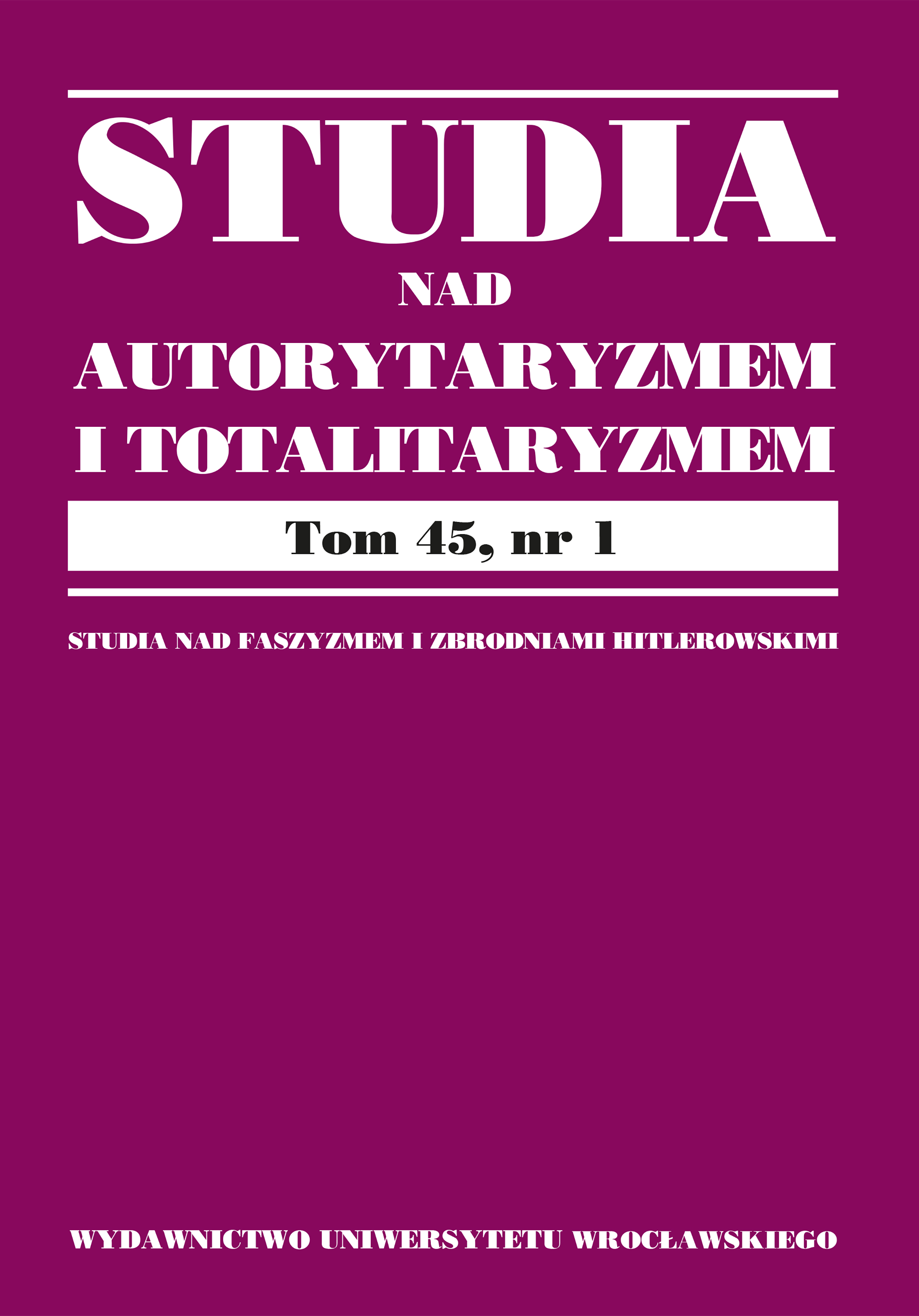

Articles

The aim of the article is to briefly summarize the evolution of the approach of the German judiciary to the prosecution of the perpetrators directly involved in the extermination of Jews, primarily in the Auschwitz-Birkenau and Sobibór camps. Initially proposed by Fritz Bauer, the model of responsibility for aiding extermination by everyone belonging to the camp staff (the so-called Bauer formula) was immediately rejected by the judiciary, which, together with the dogma of criminal law and the legislator (the Dreher Act), dealt with searching for such interpretations and legal solutions which made it possible not to bring charges against any of the members of the death camp staff . This approach was abandoned only in three judgments, against Ivan Demianiuk in 2011, Oskar Gröning in 2015 and Reinhold Hanning in 2016. In opposition to the original approach of the German judiciary, the position of the Polish judicature remains as presented in the process of the Auschwitz-Birkenau camp in 1947. The model of responsibility adopted at that time is still valid, both in terms of the legal foundations still in force (the so-called August decree) and in terms of the dogmatic model of assessing complicity to genocide.